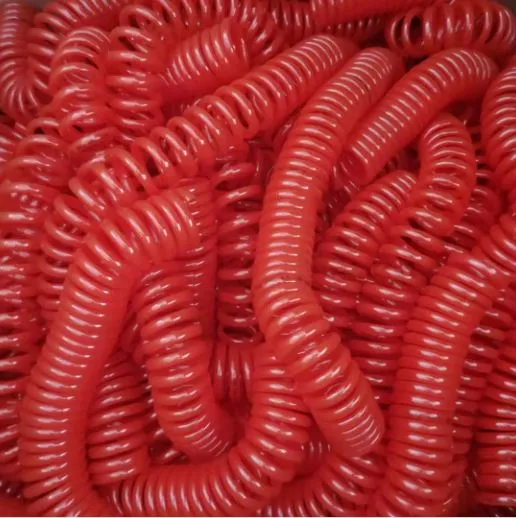layflat hose sizes
Understanding Layflat Hose Sizes A Comprehensive Guide
Layflat hoses are an essential tool in various industries, from agriculture to construction and firefighting. They are designed to transport water and other liquids efficiently due to their unique flat design, which makes storage and transportation much more manageable. When selecting the right layflat hose for your needs, understanding the different sizes and specifications is crucial. This article will delve into the sizes of layflat hoses and provide guidance on how to choose the right one for your application.
What is Layflat Hose?
Layflat hoses are manufactured from durable materials, typically PVC or polyurethane, and are specifically designed to lay flat when not in use. This feature makes them lightweight and easy to transport, maximizing space efficiency. They come in various sizes, typically ranging from 1 inch to 12 inches in diameter, and are available in different lengths.
Common Sizes of Layflat Hoses
The dimensions of layflat hoses can vary greatly based on their intended use. Here are some common sizes and their respective applications
1. 1 to 2 Inches - Application Ideal for small-scale irrigation, low-pressure applications, or as a discharge line for pumps. - Features Lightweight and easy to manage, these hoses are often used in residential or light commercial settings.
2. 3 to 4 Inches - Application Suitable for medium-duty irrigation systems and water transfer applications in agriculture. - Features These sizes strike a good balance between portability and flow capacity, making them versatile for various uses.
3. 5 to 8 Inches - Application Commonly utilized in construction sites, dewatering projects, and large-scale agricultural operations. - Features This range of sizes provides excellent flow rate capabilities and can handle a higher volume of liquid, making them ideal for more demanding applications.
layflat hose sizes

4. 10 to 12 Inches - Application Designed for heavy-duty industrial applications, such as fire fighting, mining, or large water transfer tasks. - Features These hoses are built for high pressure and significant flow volumes, ensuring that they can handle the toughest challenges.
Choosing the Right Size
When selecting a layflat hose, consider the following factors
- Flow Rate Determine the amount of liquid you need to transport. Larger hoses accommodate higher flow rates but may be more challenging to handle. - Pressure Rating Ensure the hose can withstand the pressure associated with its application. Different hoses have varying pressure ratings, which are crucial if you plan to use them in high-pressure environments. - Length Considerations Layflat hoses can come in rolls of various lengths. Choose a length that meets your needs but also consider whether it will be practical to store and deploy.
Maintenance and Care
To ensure longevity, it's essential to properly maintain your layflat hose. Always clean it after use, avoid dragging it across abrasive surfaces, and store it in a cool, dry place to prevent damage from UV exposure. Regularly inspect for signs of wear or damage, and replace the hose as needed to avoid failures in critical applications.
Conclusion
Understanding layflat hose sizes is fundamental for anyone looking to purchase or use these versatile products. By knowing the applications associated with different sizes and selecting the right hose based on flow rates and pressure ratings, you can ensure efficient operations in your specific setting. Whether you’re in agriculture, construction, or another sector, the right layflat hose will serve as a reliable asset in your liquid management tasks.
-
Unrivaled Performance and Applications of PU Pneumatic Hoses and TubesNewsJun.11,2025
-
The Transparent World of Industrial Tubing and Hosing SolutionsNewsJun.11,2025
-
The Intricate World of Pneumatic Conduits: Tubes and HosesNewsJun.11,2025
-
The Dynamic Landscape of Pneumatic Conduits: Unraveling Key ComponentsNewsJun.11,2025
-
The Diverse Applications and Significance of Transparent PVC TubingNewsJun.11,2025
-
High - Pressure Pneumatic Tubing and Systems: An In - Depth LookNewsJun.11,2025














